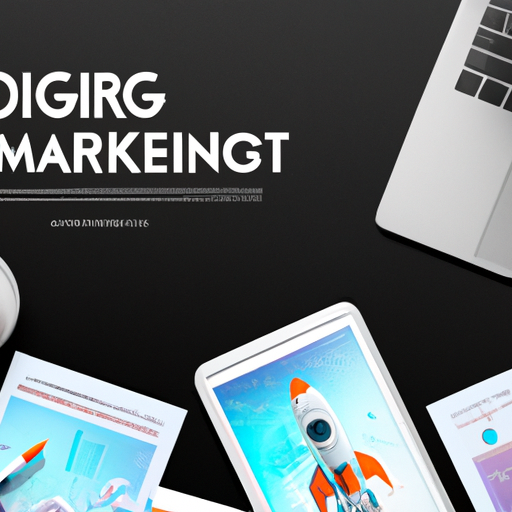Intuitive Machines’ first lunar lander, Odysseus, has made history in more ways than one. Not only is it the first American hardware to reach the lunar surface since 1972 and the first privately built spacecraft to land on the moon, but it also broke new ground with its propulsion system.
This propulsion system, which uses a combination of cryogenic liquid oxygen and liquid methane, could unlock new capabilities in space and de-risk future missions by other commercial providers. Before Intuitive Machines’ IM-1 mission, no lander had ever used this combination of propellants. These propellants are used in high-performance rocket engines, like SpaceX’s Raptor, Blue Origin’s BE-4 and Relativity Space’s Aeon R.
Most spacecraft today use “space storable” or hypergolic propellants, like hydrazine or nitrogen tetroxide, which can be passively stored but are highly toxic. In contrast, “cryogens” are more efficient, higher energy and considerably less dangerous, but they must be actively cooled to very, very low temperatures.
This presents some unique challenges. Because the fuels must be kept so cold, they can only be stored prior to lift-off for a very short amount of time. To get around this issue, Intuitive Machines and SpaceX started fueling the Nova-C class lander’s VR900 engine (which was built by IM) just three hours before lift-off, when the rocket was on the launch pad and the spacecraft was already inside the payload fairing. This is anything but typical.
It’s so out-of-the-ordinary that SpaceX had to develop entirely new capabilities to fuel the lander, Bill Gerstenmaier, SpaceX’s VP of build and flight reliability, said during a press conference on February 13. That included modifying the launch pad and the second stage of the Falcon 9 rocket and adding an adapter to access the payload fairing when it was already mated to the vehicle.
The two companies performed two wet dress rehearsals prior to launch; issues with propellant loading resulted in the first launch attempt being pushed by a day, to February 15. After the successful launch, Intuitive Machines also ran into a brief issue chilling the liquid oxygen feed line, which took longer than anticipated. Once the propellant was sufficiently cooled, flight controllers successfully fired the engine in space for the first time the following day.
Because the company was using liquid oxygen and liquid methane, which are highly efficient, they were able to take a more direct trajectory to the moon. The spacecraft only had to transit the Van Allen belt, a high-radiation zone around the Earth, once, which reduced the spacecraft’s exposure to damaging high-energy particles.
Two VR900 engines will also be used on Intuitive Machines’ much larger “Nova-D” spacecraft, to deliver 500-750 kilograms of payload to the moon. (The Nova-C lander has a payload capacity of 100 kilograms.)
The Nova-C and Nova-D landers will be far from the last spacecraft to use cryogenic propellants in space. Impulse Space’s high-energy kick stage, Helios, will use cryogens to deliver payloads directly to geostationary orbit, CEO Tom Mueller explained in an interview from January.
“People have talked about doing big kick stages with hypergols before, and I just think, you’re talking tons of propellant and the price and the cost of safety are just exorbitant,” he said. “So using very low-cost, very high-energy propellants like liquid oxygen and liquid methane is kind of like a no-brainer.”
One of the six NASA science and research payloads that Odysseus carried to the surface also directly leveraged the cryogenic propulsion system. The Radio Frequency Mass Gauge statement from the agency’s Glenn Research Center uses radio wave and antenna to measure how much propellant is available in the engine’s tanks. It is technology that could be vital for measuring spacecraft fuel levels during long-duration space missions, especially because “slosh” can make measuring liquids in microgravity a challenge.
This issue is of special importance to NASA because the agency’s Artemis missions to return humans to the lunar surface depend on spacecraft that use cryogenic propellants — chiefly SpaceX’s Starship Human Landing System and Blue Origins’ Blue Moon. These missions will require transferring large amounts of cryogenic fluids from on-orbit depots to the spacecraft; while these fluids will need to be on orbit for far longer than Odysseus was in transit to the moon, the IM-1 mission is still squarely kicking down the door for cryogenic use in space.
In conclusion, the successful use of cryogenic propellants by Intuitive Machines’ lunar lander, Odysseus, has opened up new possibilities for space travel. This innovative approach to propulsion could revolutionize the way we explore the cosmos, making space travel safer, more efficient, and more accessible than ever before.






